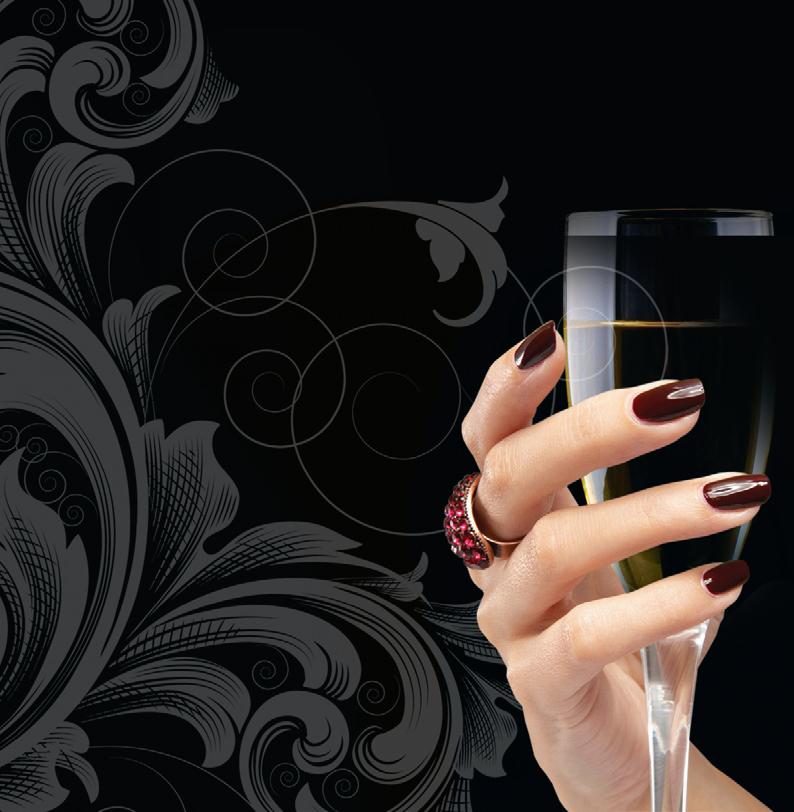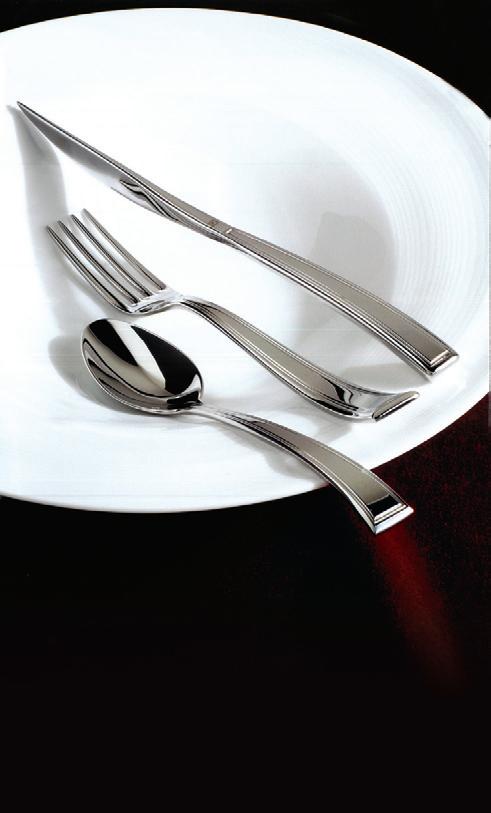
5 minute read
trim hair myths
story by | amber underdahl
Let’s face it…your hair is important to you. We all want sassy, easy to do, kick butt hair. On your way to that killer do, let’s dispel some common hair myths.
myth: Hair “box color” from your local big box or drug store is the same as salon color.
fact: Some hair color from a box can be made from metallic dyes and Henna, which is very harsh on the hair, as well as extremely hard to remove. Salon color is much different. They are made with conditioning agents to make your hair shiny and healthy. Your stylist also formulates the color specifically for your hair. It may seem appealing to reach for the at-home hair color because it seems more economical, but in the end the opposite may be true. It has been my experience that many times clients will not get the results they hoped for from their at-home hair color and the fix leads to more time and money. myth: Smoking doesn’t cause gray hair. fact: Your hair is four times more likely to turn gray if you are a smoker. Smoking has also been linked to hair loss. This is because one of the first places your body takes nutrients away from is your hair, skin and nails. myth: Your hair is your hair and it can’t change texture or thickness. fact: Many woman notice changes in their hair during pregnancy. This is because of the hormonal changes occurring. The same is true when going through menopause, puberty, chemotherapy, dieting or surgery. Your body is changing and so will your hair. myth: Wearing a ponytail often doesn’t damage your hair. fact: When your hair is put in a ponytail, over time the tight style causes breakage where the ponytail is. It’s called Traction Alopecia. The same goes for braids. myth: Split ends can be repaired. fact: Sorry ladies, split ends can’t be mended. The best thing you can do is cut them off, start over and protect the ones that are healthy. I know most of us don’t want to lose our length so you can use products to make your hair look healthy and feel good. There are products that will also protect the rest of your hair. myth: Dandruff is caused by dry scalp. fact: Dandruff can be very deceiving. Dandruff is actually a serious medical condition that needs a physician’s attention. The flaking associated with dandruff can actually be the result of an oily scalp caused by shampoo build up. Cleansing your hair once a week and making sure you are using the right shampoo and conditioner can take care of the problem; consult with your stylist to find the right product. myth: Hair can become immune over time to the products you use making them less effective. fact: Hair product will continue to do what it’s supposed to do, but you may be experiencing some build up, which coats the hair strand so your product feels like it "stopped working" Instead of throwing out your product, cleanse once a week and take care of the build up. myth: It is best to not wash your hair every day. fact: It really depends on your hair type. If you have oily hair you may need to wash your hair every day. If you have extra oily hair you can shampoo your hair twice in the shower, then condition your hair. Shampoo is actually for your scalp and conditioner is for the hair ends. If you just put conditioner on your "pony tail" section of hair it will moisturize everything that needs to be moisturized. Another way to remove moisture from your scalp is to use a dry shampoo, such as dirty secret from TIGI. myth: Static in your hair only happens during the winter. fact: Static means your hair is lacking moisture so it can happen anytime of the year. Try a moisturizing shampoo and conditioner such as Biolage Hydrating or All Soft from Redkin. Also try turning the heater in your car to the floor. When you put the heat directly on you it dries out your hair. myth: You cannot color your hair when you are pregnant. facts: Coloring you hair when you’re pregnant is safe. If you are sensitive to smells, the chemical smell of the color might make you queasy, but it will not harm you or your baby. myth: After washing, put your hair in a towel to help draw the water out faster. fact: If you have curly hair you shouldn’t put their hair up in a towel. The towel friction creates frizz and removes the moisture that curly hair needs. myths: You should wait to wash your hair one full day after a color to allow the process to set? fact: You can wait, although it’s not necessary. The best thing for color is a color safe shampoo and conditioner. If you have red in your hair wash your hair in cooler water. Warm water opens the hairs’ cuticle, which lets red out faster where cold water keeps it closed so you don't release any color.

Also, your hair is very vulnerable when it is wet. Do not put your hair in a ponytail when it is wet, and be careful when combing your hair when it is wet. Use a comb or a pik rather than a brush because a brush can cause breakage. Brushing your hair 100 times a day does not make your hair grow, or make it healthy, you are actually doing the opposite.




There are gobs and gobs of hair myths, but really the best thing to do is find a stylist you trust and ask them what is best for you and your hair. A good stylist will be honest and share with you the most flattering style on you and the best products for your hair, as well as show you how to use them. Don’t let the fun commercials and funky coloring and names on the packaging draw you in. Get educated and have great hair!
At The Source you have all the modern conveniences of a salon only with the privacy of individual rooms for each independent stylist. Amber Underdahl has 6 years of experience and specializes in Haircuts, Colors, Waxing, Chemical Relaxing, and Updos. Look for her ad in this issue of On The Minds Of Moms for a special offer on your next appointment with Amber.
“The last time I wore a bikini? About 30 years ago. I thought I’d always be spending my summers hiding under a big cover‑up. Not anymore!”
Call today for a FREE consultation!
Jenny’s plan is clinically proven. In fact, Jenny Craig participants have lost over 5 times more weight than those who go it alone.**
story by | dr. liz st. louis
Fromthe time we first find out we’re pregnant, we spend countless hours envisioning our new baby. We think about whether we’ll have a boy or a girl, who he or she will look like, and even begin thinking about what our child will be like as an adult. What we don’t often consider is that our newborn may spend most of his or her waking hours crying or even screaming inconsolably.
Colic is described as unexplainable and uncontrollable crying in babies from 0 to three months old, more than three hours a day, more than three days a week for three weeks or more, usually in the afternoon and evening hours. The cause of colic is often unknown; however, what we do know is that babies often deal with it better when they have a healthy spine and nervous system. In










